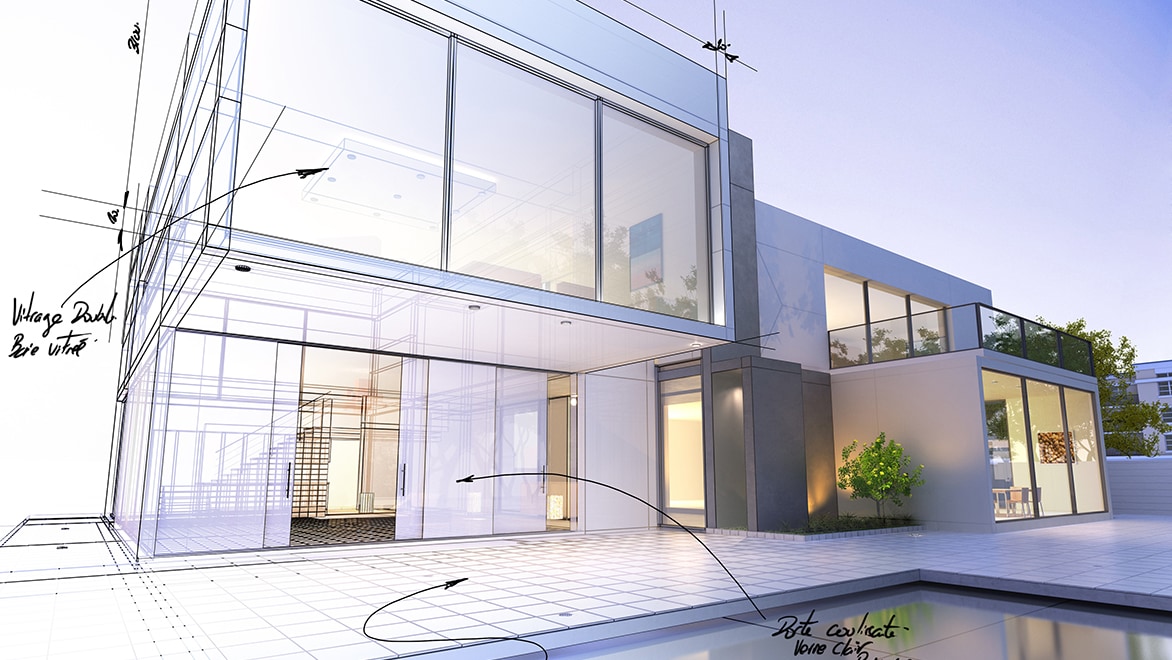Check Out Prize-winning Jobs by Renowned CDA Architects
Check Out Prize-winning Jobs by Renowned CDA Architects
Blog Article
An Extensive Introduction of Building Designs and Their Impact on Modern City Preparation and Growth
Architectural designs have long served as a mirror to the social values and technological innovations of their time, playing a vital function in forming modern-day city planning and growth. From the magnificence of Neoclassicism to the utilitarian strategy of Brutalism, each style has actually presented unique principles that influence city appearances and performance.
Historic Overview of Architectural Styles

As cultures transitioned through the Middle Ages, Gothic style arised, defined by its verticality and complex outlining, matching the spiritual ambitions of the age. The Renaissance marked a rebirth of classic ideals, combining art and design in innovative manner ins which affected subsequent designs across Europe.

Today, building styles remain to advance, driven by globalization and sustainability issues, mirroring a vibrant interplay between heritage and technology. This historical summary highlights the value of architecture as a mirror of social advancement and as a catalyst for urban advancement.
Trick Architectural Styles Explained
The variety of architectural styles shows the myriad impacts that form our constructed environment, each embodying unique characteristics and cultural relevances. Trick building designs include Classical, Gothic, Baroque, Modernism, and Postmodernism, each representing special historic contexts and visual approaches.
Timeless style, rooted in old Greece and Rome, emphasizes symmetry, percentage, and making use of columns (cda architects). On the other hand, Gothic architecture, flourishing between Ages, is characterized by pointed arcs, ribbed safes, and flying buttresses, developing an ethereal quality in cathedrals. Baroque architecture, emerging in the 17th century, is noted by majesty, intricate embellishment, and a dynamic interplay of light and darkness
Innovation, which obtained momentum in the very early 20th century, focuses on feature over form, utilizing new products like steel and glass to create minimal structures. Postmodernism, reacting against the austerity of Innovation, embraces eclecticism and historical recommendation, usually incorporating playful components and irony.

Influence On Urban Planning
Fit the development of cities, architectural designs significantly influence city planning choices. The selection of architectural style usually dictates the looks, capability, and general character of city settings. Modernism, with its focus on minimalism and capability, motivates open spaces and the assimilation of innovation, forming city layouts that prioritize efficiency and availability. Conversely, typical styles might stress historic conservation, bring about city layouts that maintain cultural heritage and advertise pedestrian-friendly environments.
Additionally, architectural designs can affect zoning regulations and land use plans. Urban coordinators have to consider the prevailing building trends when designing areas, making sure that brand-new developments harmonize with existing frameworks. This factor to consider fosters cohesive urban landscapes and enhances neighborhood identity.
The implementation of particular building styles can also influence socioeconomic aspects within a city. For example, premium modern layouts may bring in affluent residents and organizations, leading to gentrification, while a More hints lot more budget friendly real estate solutions could focus on functional and lasting designs to accommodate diverse populations. Ultimately, the interaction between architectural designs and metropolitan planning develops vibrant cities that reflect both historical context and contemporary demands, shaping the lived experiences of their residents
Sustainability and Modern Design
Building styles play an essential role in dealing with modern obstacles, particularly in the world of sustainability. As city locations broaden and environmental worries intensify, modern architecture increasingly embraces lasting style concepts that focus on energy performance, source conservation, and minimal environmental influence.
Contemporary building activities, such as biophilic design and eco-friendly architecture, advocate for frameworks that integrate with their surroundings, making use of natural materials and advertising biodiversity. These styles often include renewable resource sources, such as photovoltaic panels and wind generators, to lower dependence on nonrenewable fuel sources and lower carbon impacts.
In addition, the assimilation of sophisticated innovations, such as wise structure moved here systems, improves power monitoring, optimizing source use while ensuring passenger convenience. Innovative water management strategies, including rainwater harvesting and greywater recycling, more add to sustainable city environments.
Especially, sustainability extends past environmental concerns; it encompasses social and financial measurements too. By cultivating area wellness and promoting inclusivity, modern building styles line up with sustainable development goals. The development of building techniques continues to form resilient cities that not only meet the demands of the present yet also safeguard the future for generations to come.
Area Engagement in Layout
Community involvement in layout serves as a critical bridge between architects and the populations they serve, ensuring that the constructed environment shows the needs and goals of its individuals. This collaborative procedure invites neighborhood participants to contribute their insights and choices, cultivating a feeling of ownership and obligation towards the areas they inhabit.
Efficient area interaction uses different approaches, such as workshops, surveys, and public discussion forums, to gather varied perspectives. These methods promote a two-way dialogue, enabling designers to recognize local contexts while equipping residents to voice their issues and wishes. This inclusivity not just enhances the style click here for more top quality but also promotes social equity by attending to the one-of-a-kind challenges dealt with by marginalized groups.
Furthermore, area involvement can bring about ingenious options that may not arise in a typical style procedure. By incorporating local understanding and social worths, designers can develop spaces that resonate more deeply with individuals, boosting functionality and sustainability. Inevitably, focusing on neighborhood engagement in style procedures results in atmospheres that support social interactions, support health, and reinforce neighborhood connections, thus playing an essential duty fit modern city landscapes.
Verdict
Building styles have greatly influenced contemporary city planning and development, showing advancing social and technological contexts. As cities continue to expand and adapt, the continuous discussion between architectural heritage and contemporary design principles will stay essential in developing inclusive, dynamic spaces that improve top quality of life and advertise social equity.
Report this page